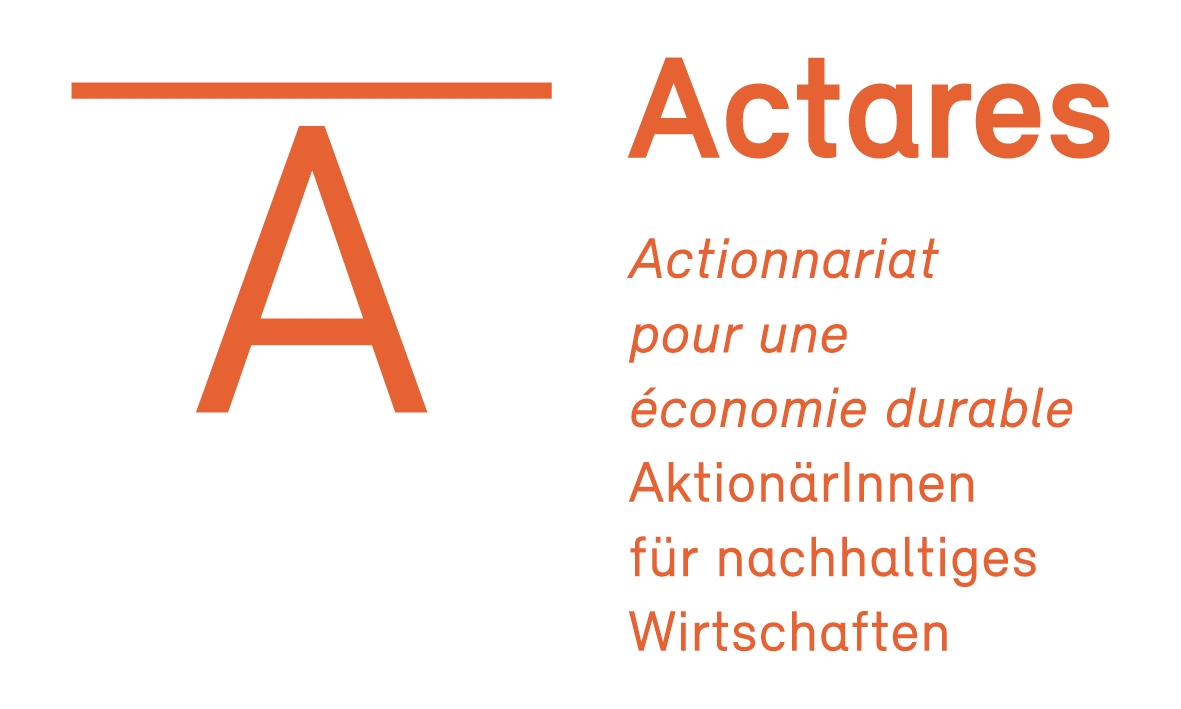When a startup becomes successful and it grows, it naturally falls into a hierarchical structure: there are the Chiefs who take all the executive decisions, the managers, and the rest of the employees. But what happens if we move from this typical hierarchical structure to a horizontal one where all the employees participate in the decision-making process? Today, I want to share the history of AZNA, a Swiss startup founded by Anton Zeller, a bachelor student at HEC.
The beginning
A few years ago, Anton started commercializing Bluetooth earphones. When the company was founded, Zeller was the CEO, CIO, COO, salesman, accountant. In short, like many young entrepreneurs, he worked by himself and covered all the roles of the company. To create the company, he used to take opinions from as many people as possible, even when the products were already in commerce – from teachers with a lot of expertise, to family and friends. This is the beginning of what we will call “The wisdom of the group”.
As the products started to become more successful, he began hiring people at the company. And that’s where things get interesting: Anton was still the founder of the company, but as it was growing, instead of covering the role of the “boss”, he shared all the decisions with the employees.
The wisdom of the group
The Wisdom of group (or crowd) is the idea that large groups of people are collectively smarter than individual experts when it comes to problem-solving, decision making, innovating, and predicting.
The essence of the wisdom of the crowd is that the average judgment converges to the right solution. According to Surowiecki, founder of the theory, we get to one collective decision by aggregating individual opinions.
So how did Anton apply this theory to its startup? Every time there is a crucial decision to be made, everyone is invited to participate in the decision process. At first, there were just a few employees, but today, the company has 44 employees and is divided into seven departments. Every employee can bring his or her opinion and new ideas to the table, and actively participate in important decisions.
Here are a few examples of some decisions made by the group instead of just the executives:
- Choice of local suppliers instead of global suppliers
- Change the logo and the company name from “AZNA & Company” to “AZNA”
- Choice an efficient communication tool to be used among employees
But the decision that impressed me the most is that they made the choice, as a group, to keep this horizontal structure. It shows that this organization truly works!
Even if AZNA is growing, all the employees firmly believe that this type of organization, which is a founding pillar of the company, can still be applied. This horizontal structure is a source of motivation for everyone. It ensures that a decision is being made objectively and that all possible scenarios have been considered to benefit the company. Moreover, Anton adds that the way AZNA works is close to Design Thinking. A problem or an opportunity is being analyzed by a group of people who have different backgrounds, which allows having many points of view, creating a rich and interesting discussion until they come up with the best solution.
The company also recognizes that as the startup grows, keeping this structure is indeed challenging. However, everyone is committed to developing and maintaining this organization as it includes the company’s three central values: Humanity, Equity, and Genie of the group.
What’s next?
When starting an entrepreneurial journey, many people think that we should follow our intuition and not consider others’ opinions, which is the opposite of what Anton did to found his company. Do you think he was just lucky in getting the right pieces of advice, or would you have followed your instinct?
Also, the fact that the AZNA strictly applies the “wisdom of the group” naturally leads to the following question: are the companies’ structure as we know them today still efficient? If all startups and companies applied this theory, would employees be more motivated, and would it allow the company to grow faster?
Are we moving towards a new way of working that gives less and less power to the Chiefs? Do you think AZNA’s structure is going to be efficient in the long run?
What’s for sure is that today the AZNA’s employees like this horizontal structure, and the wisdom of the group has benefited the startup, which in just a few years has achieved a lot: it has developed new products, is in more than 70 points of sales in French-Swiss and last but not least, it has dedicated, competent and motivated employees.
Sources : Azna, Investopedia
Author : Maria Pia El Asmar
Last modified: 9 décembre 2020




















